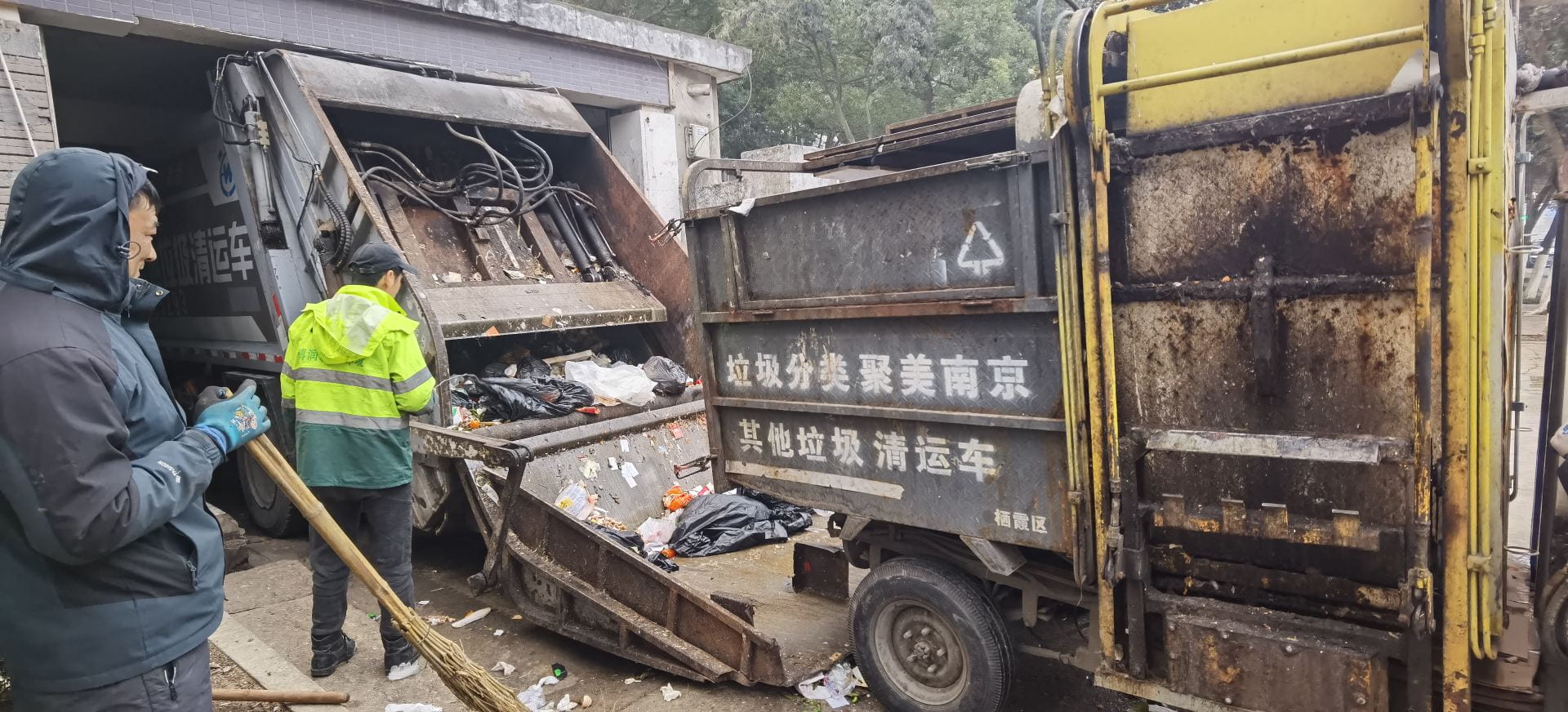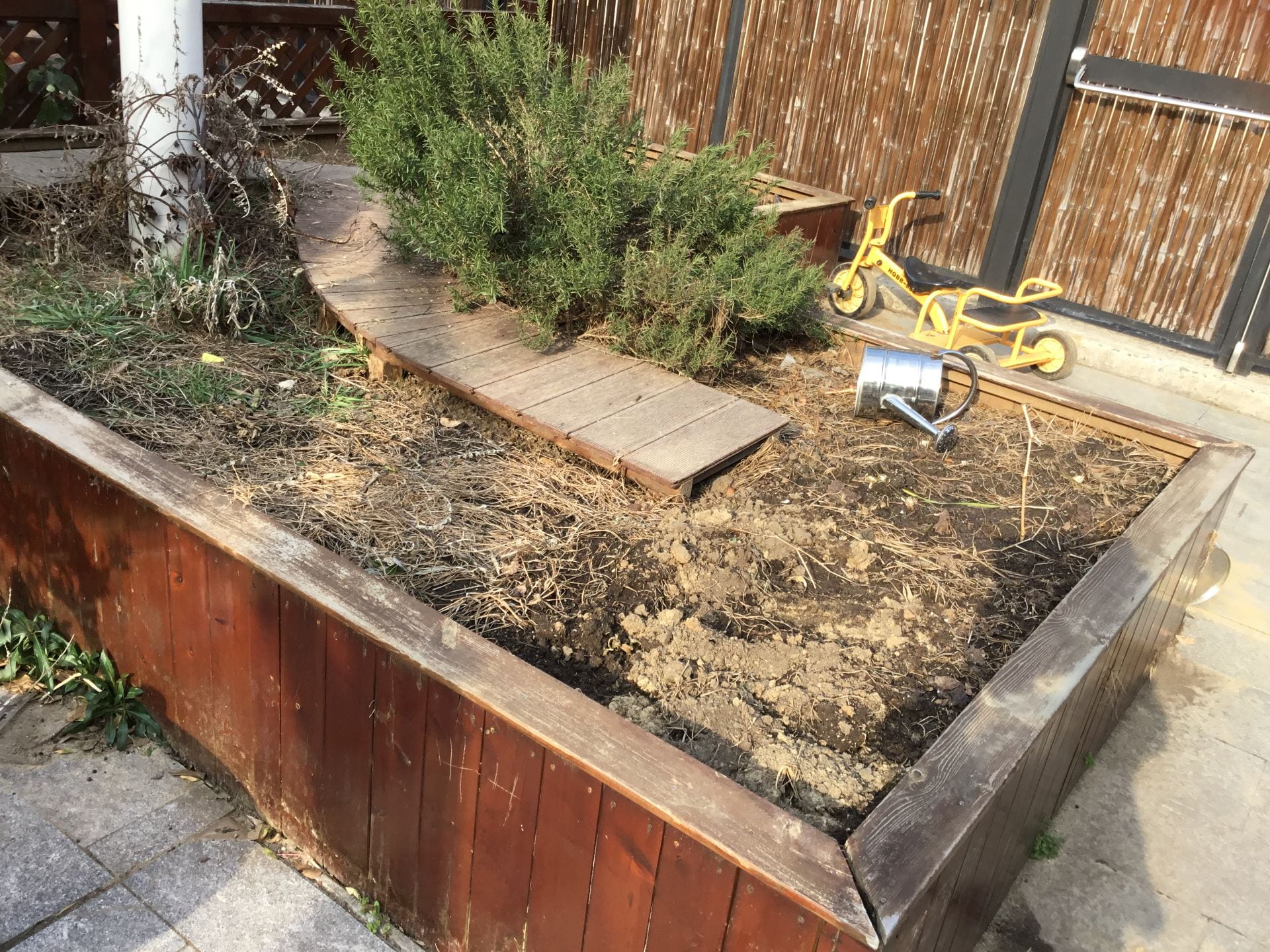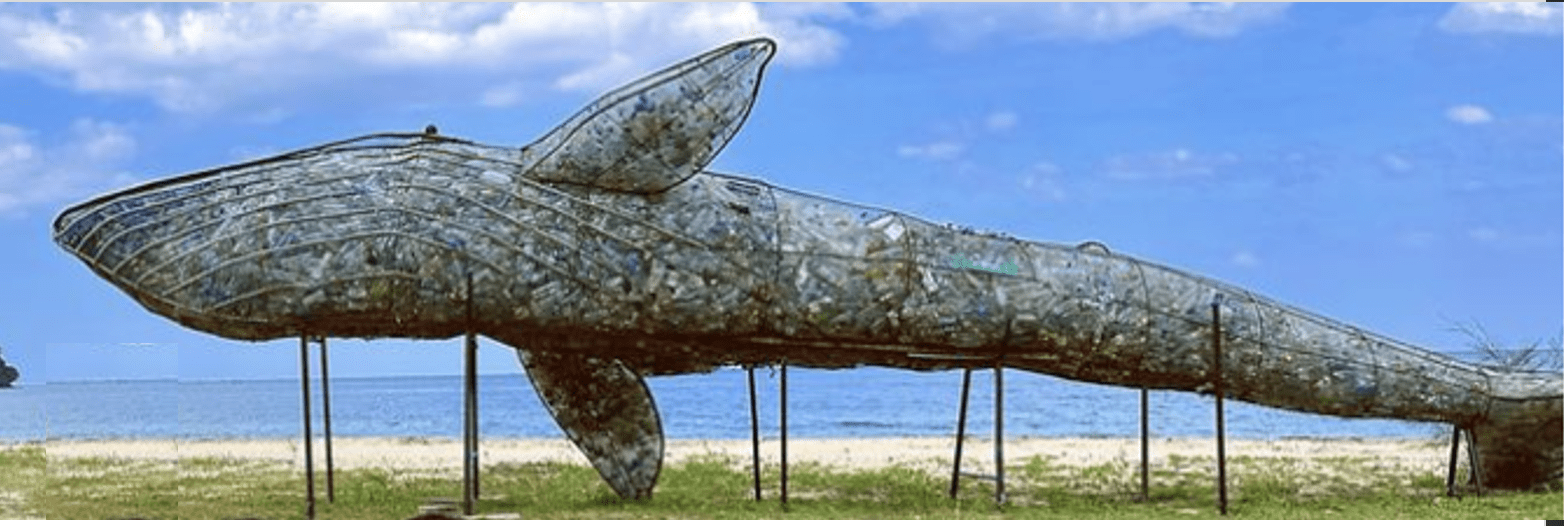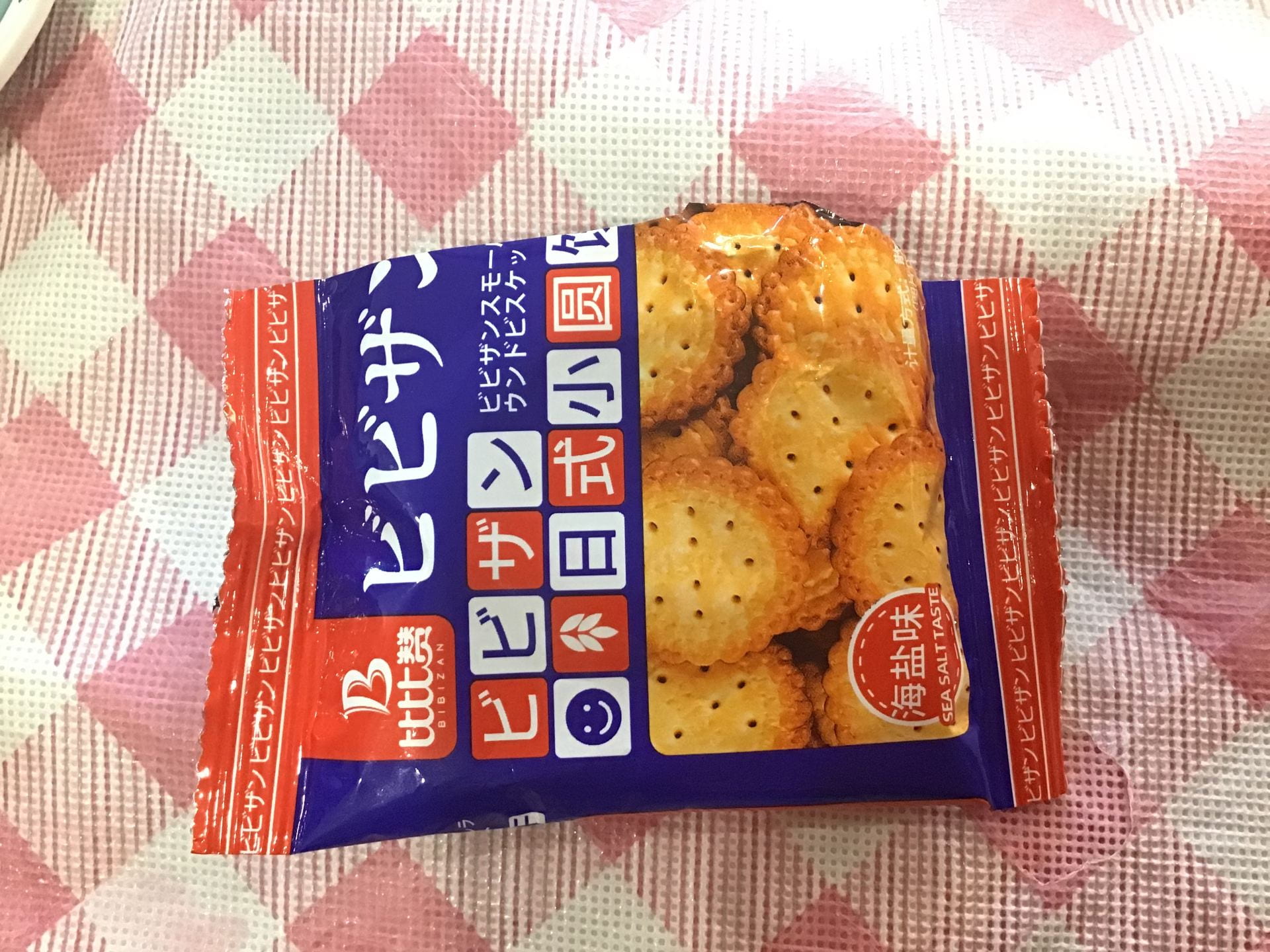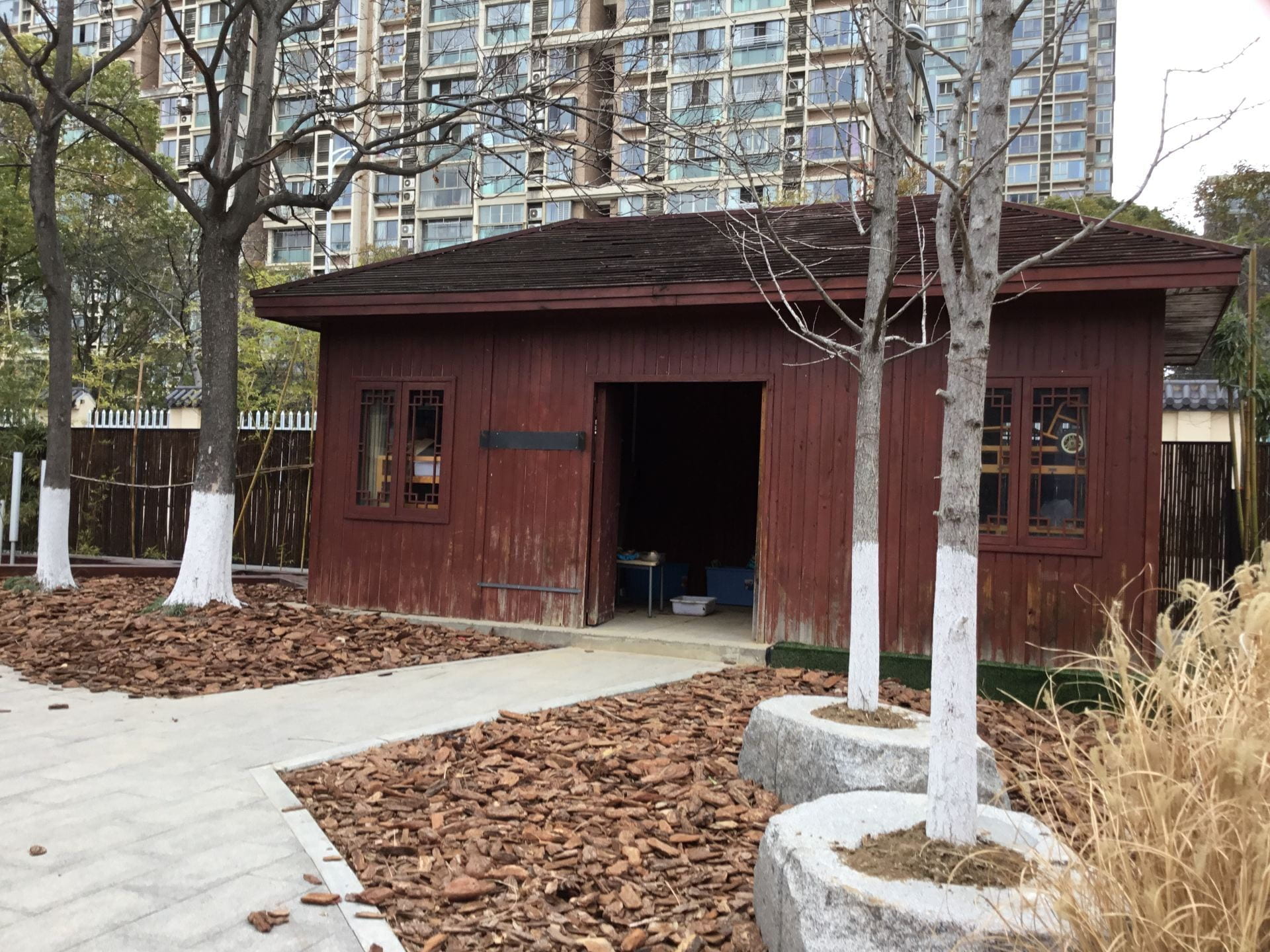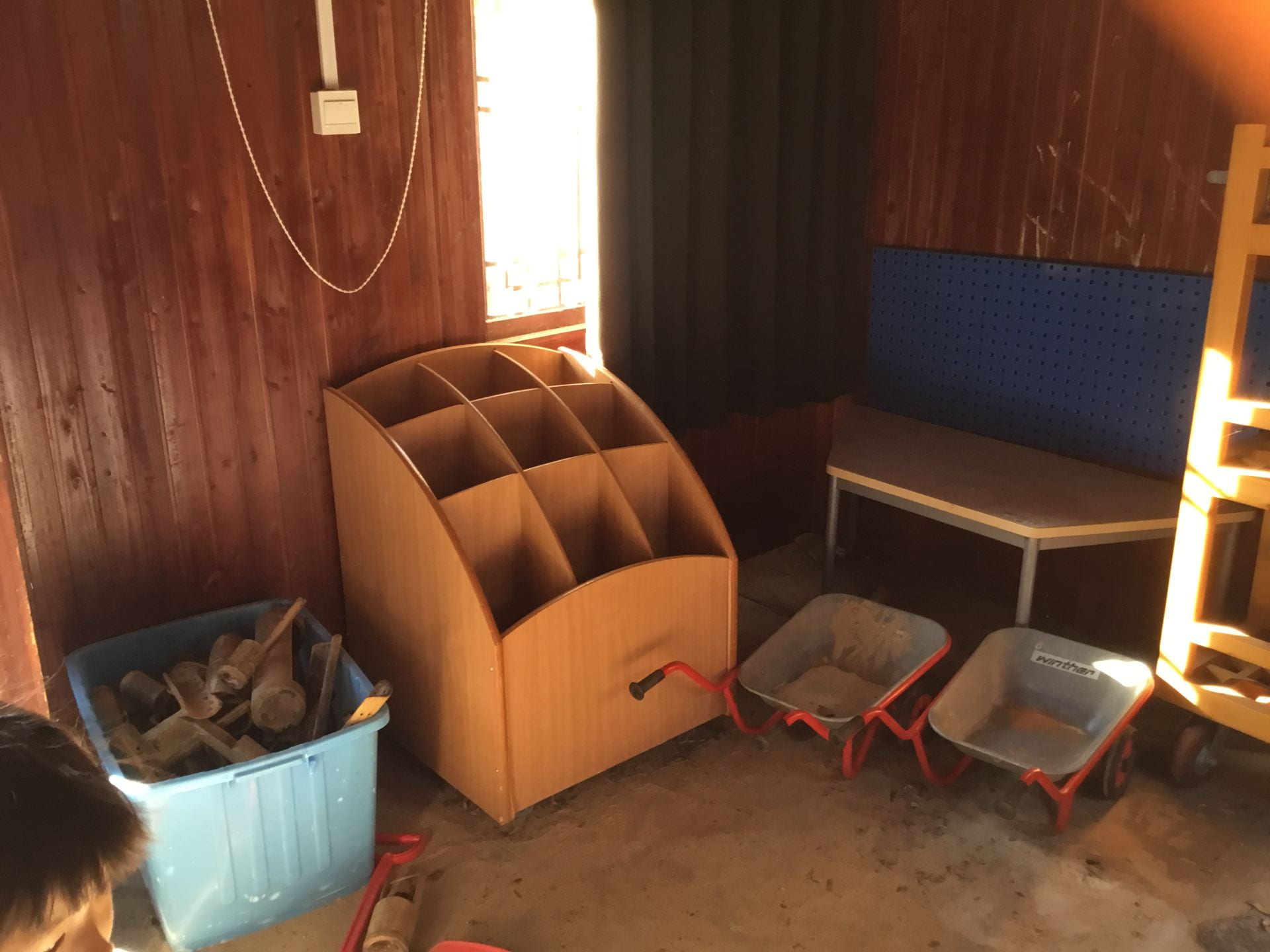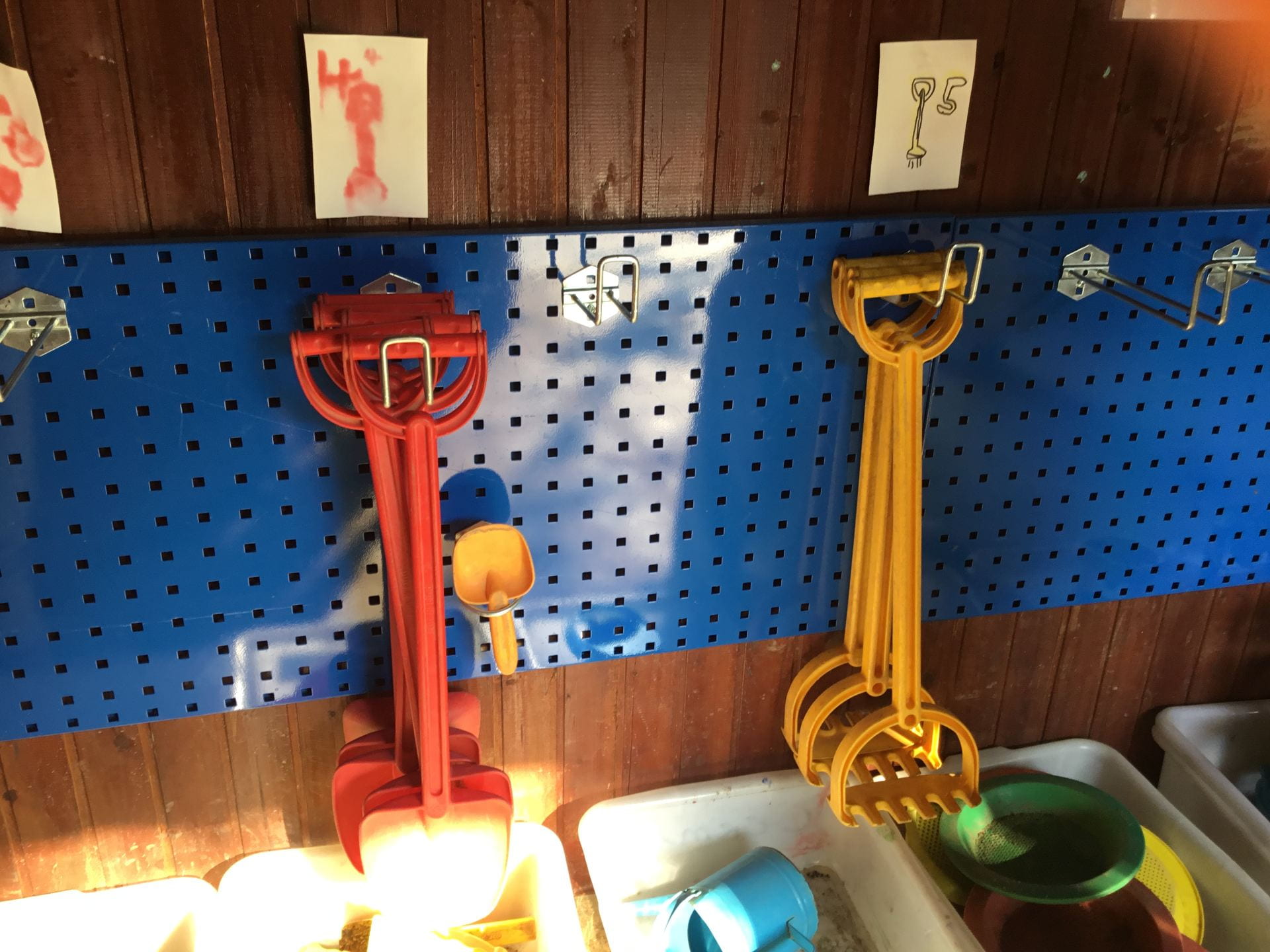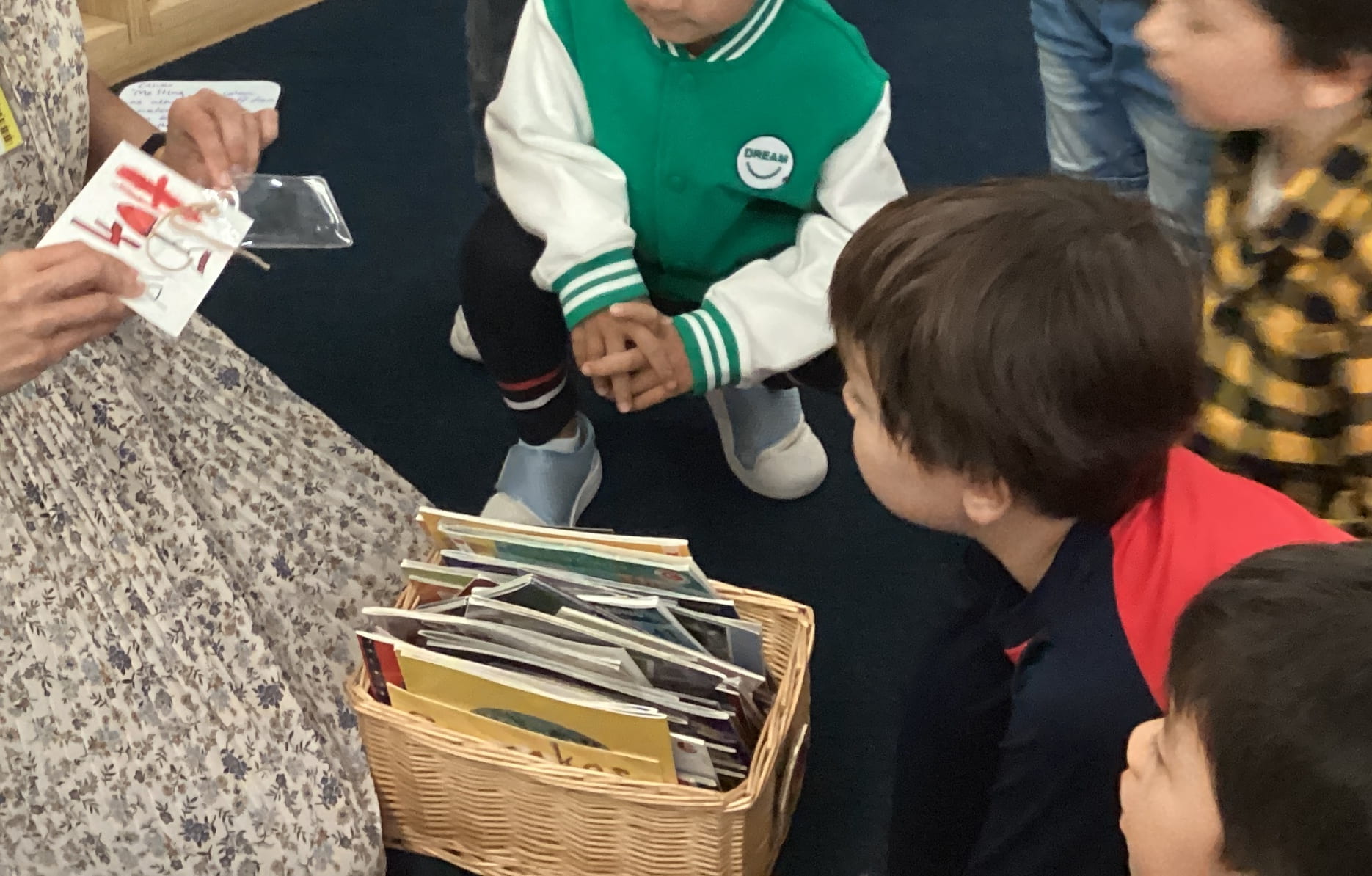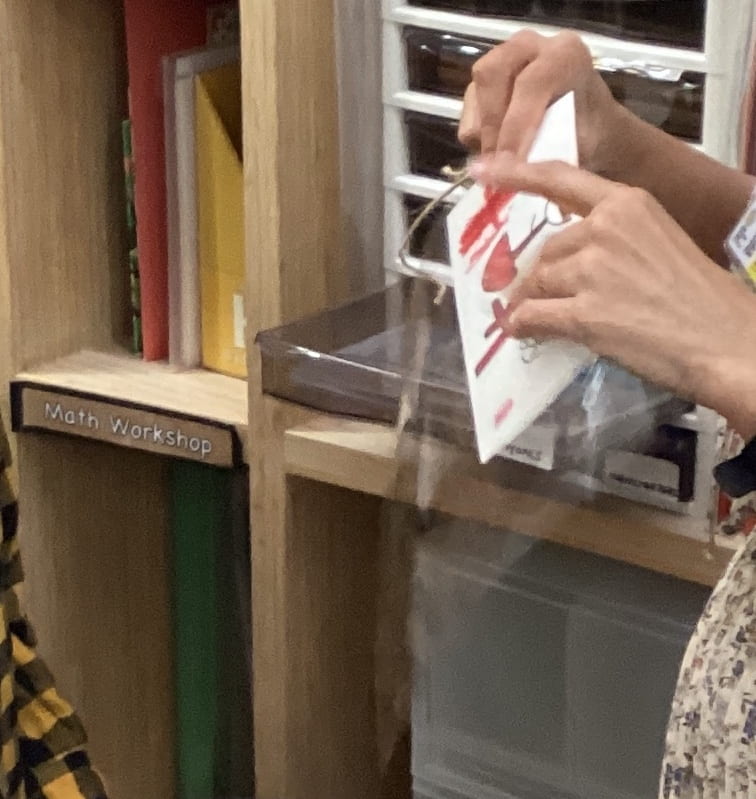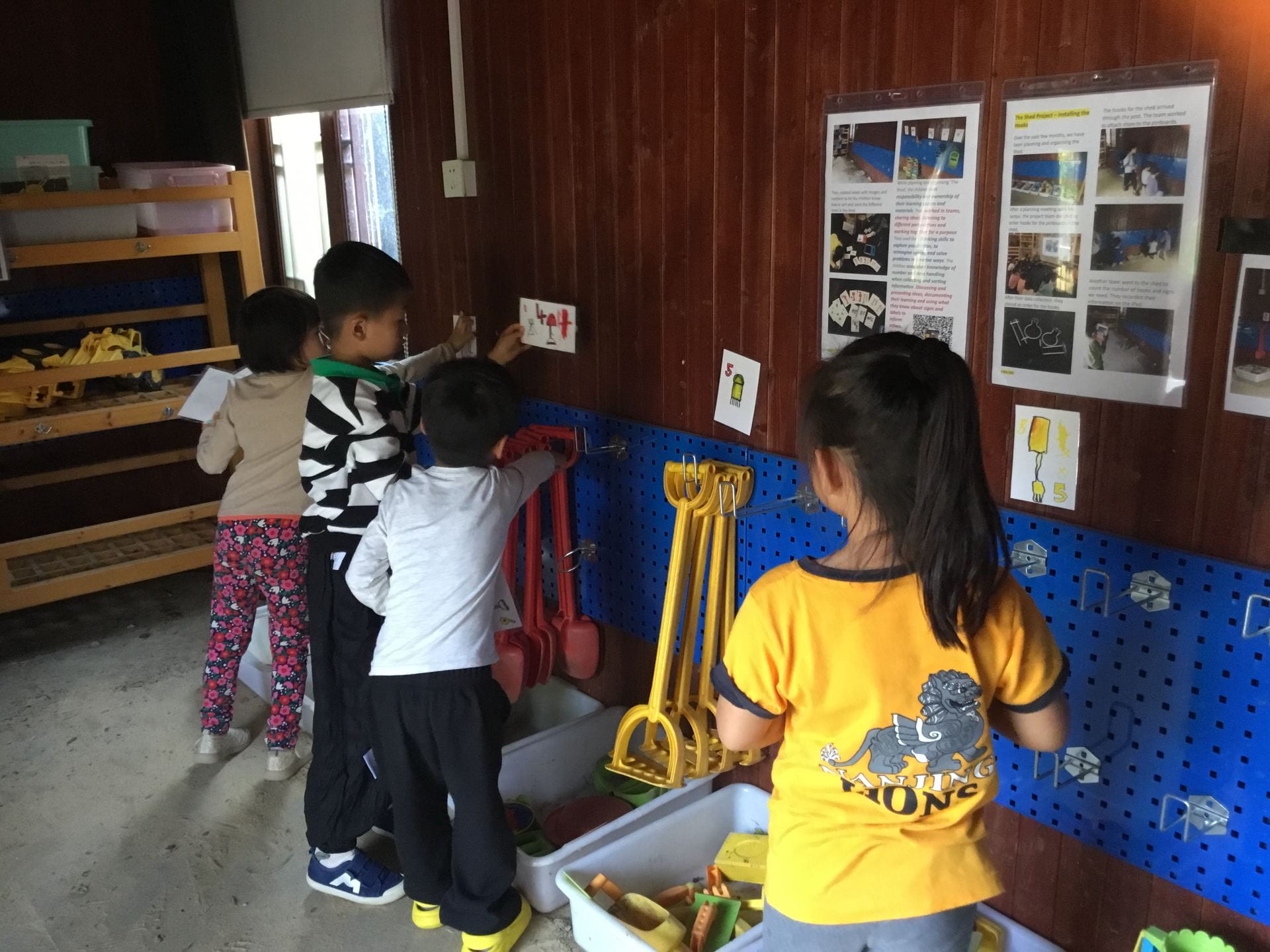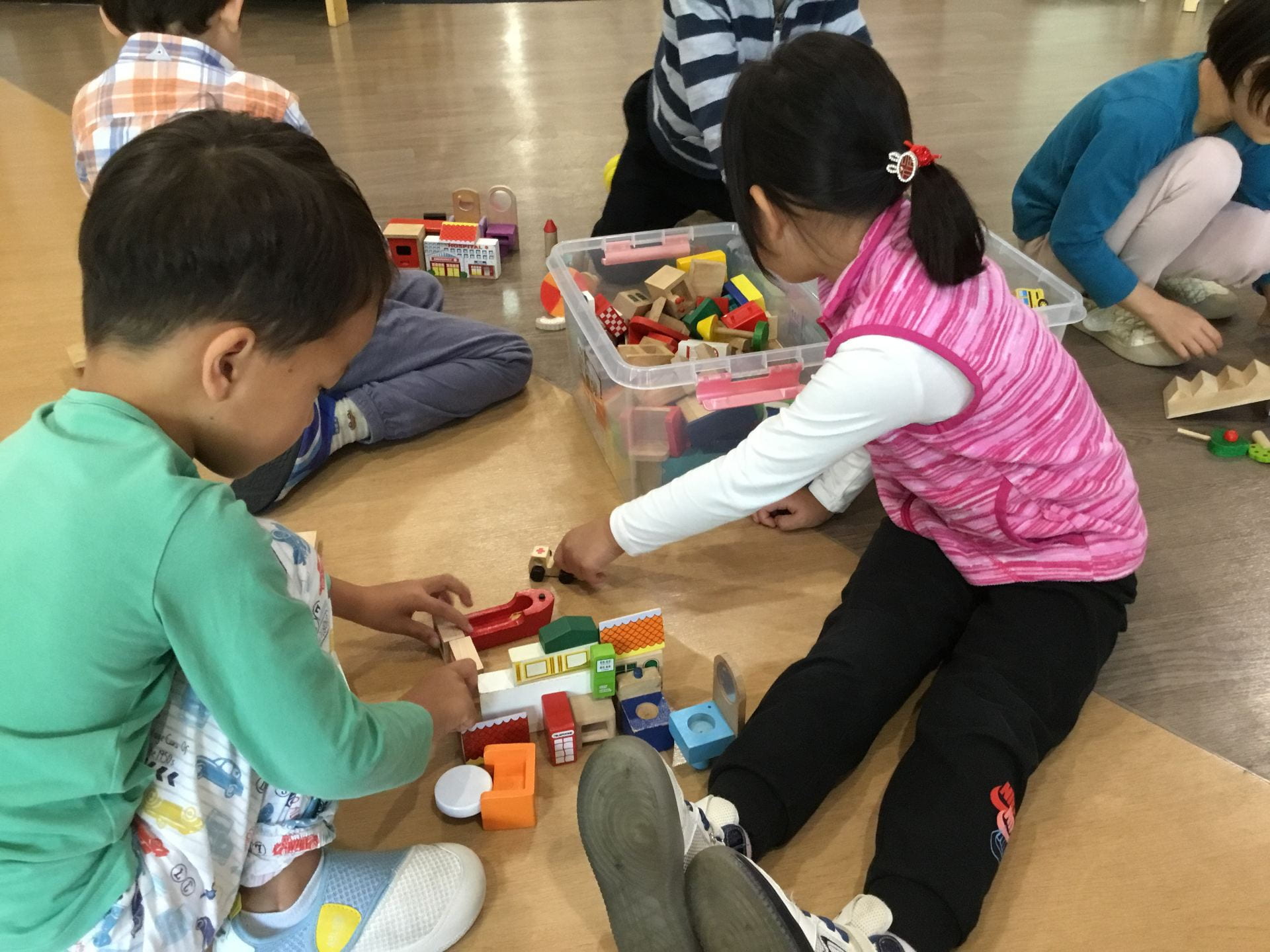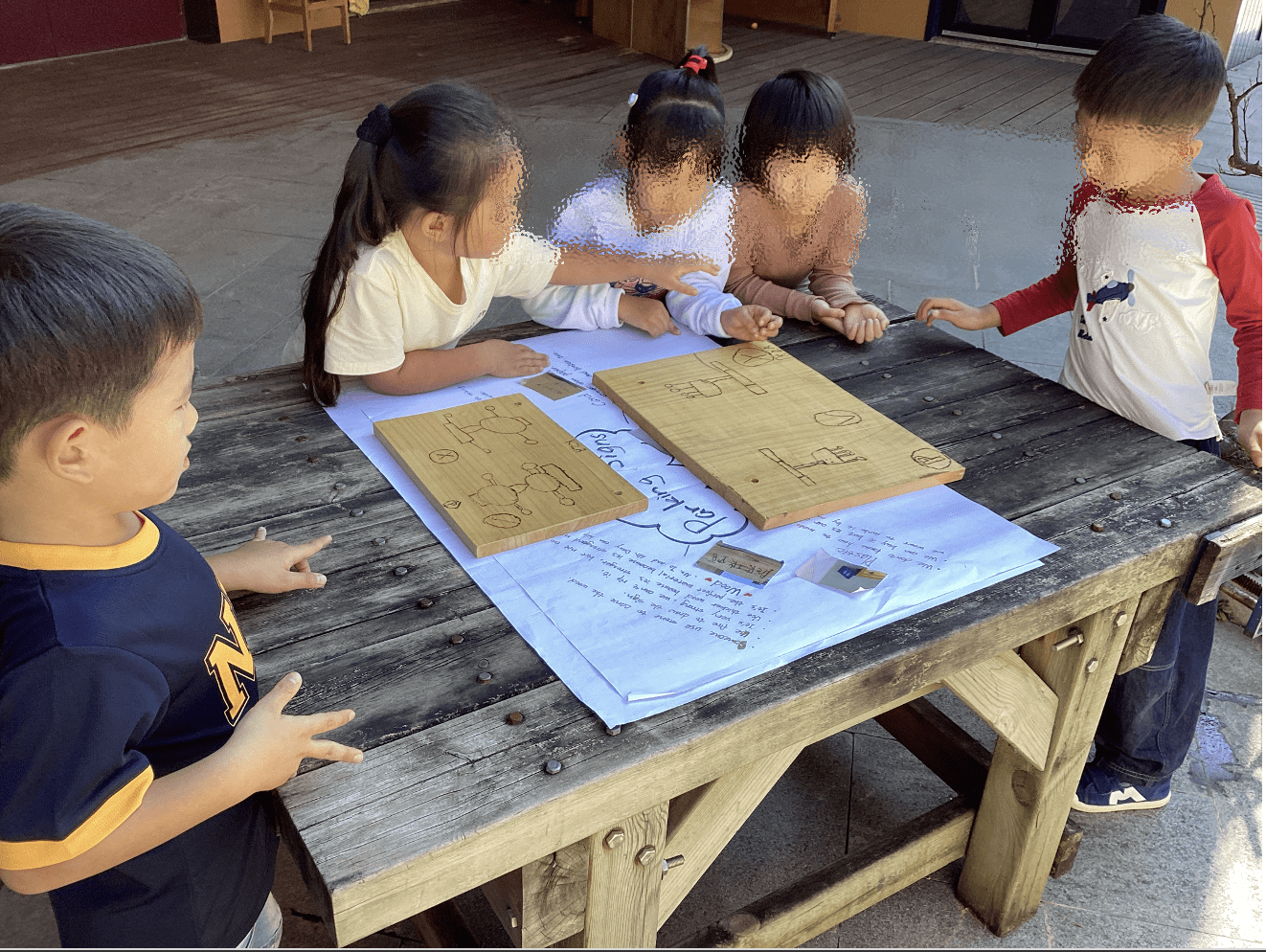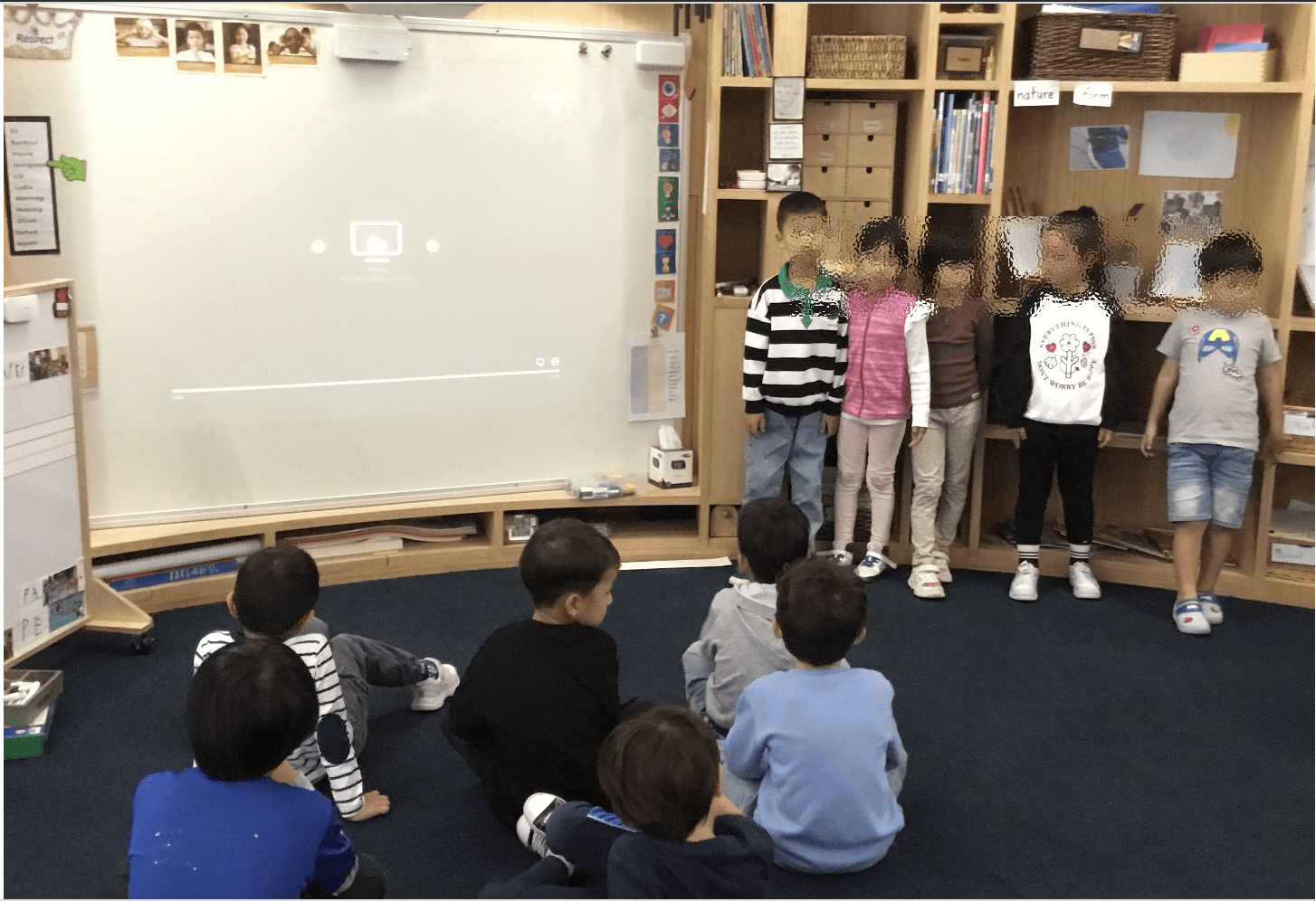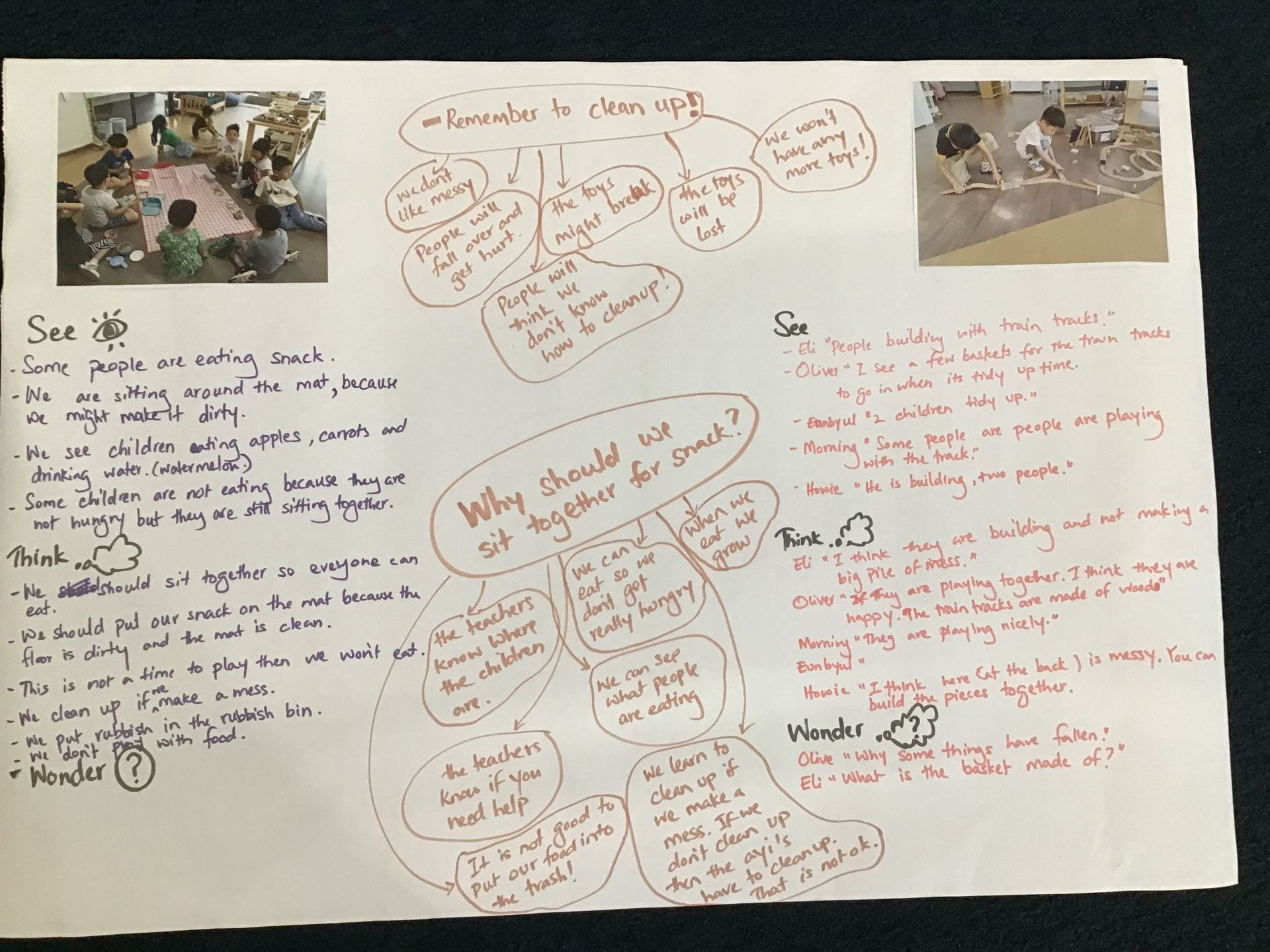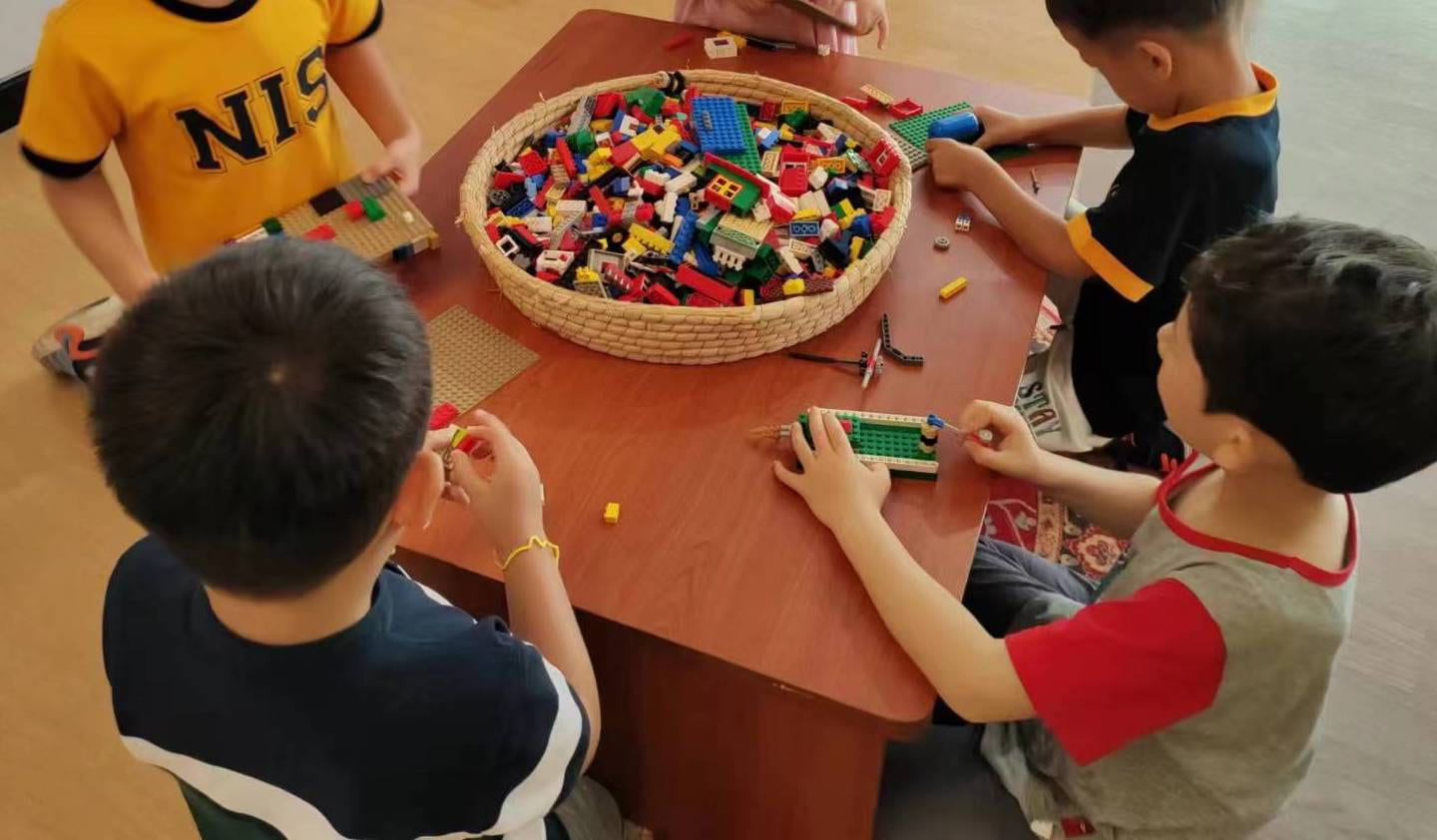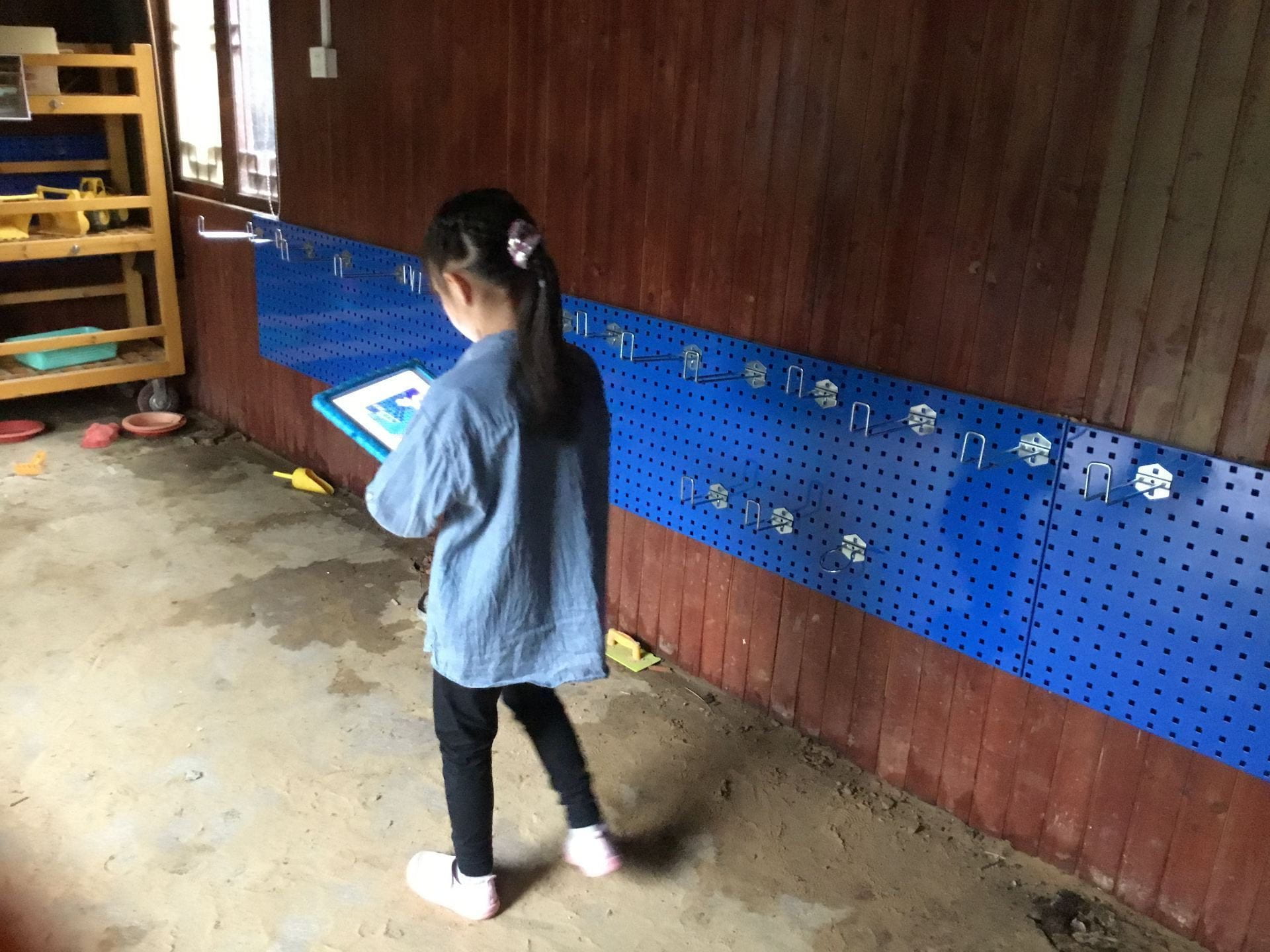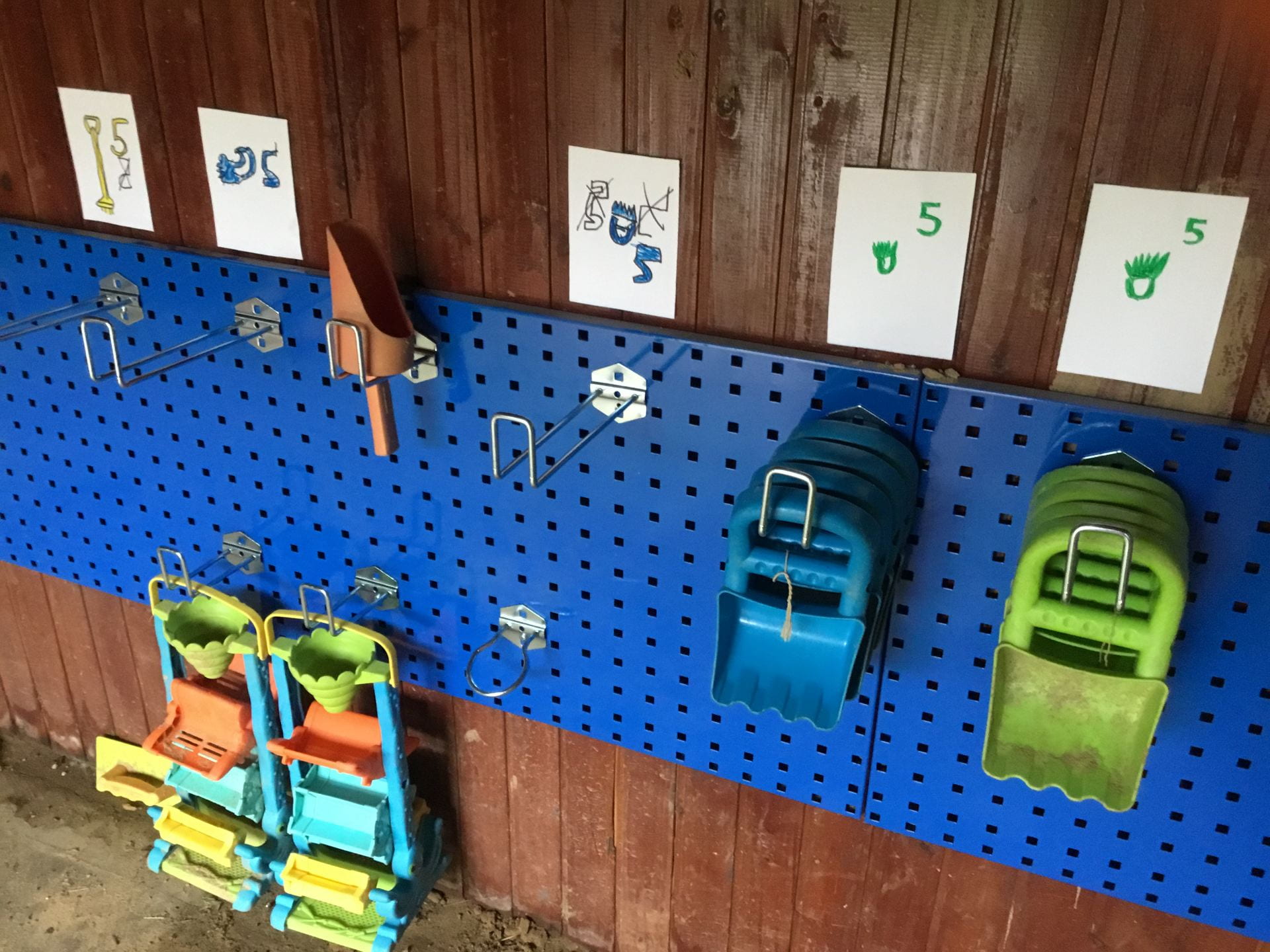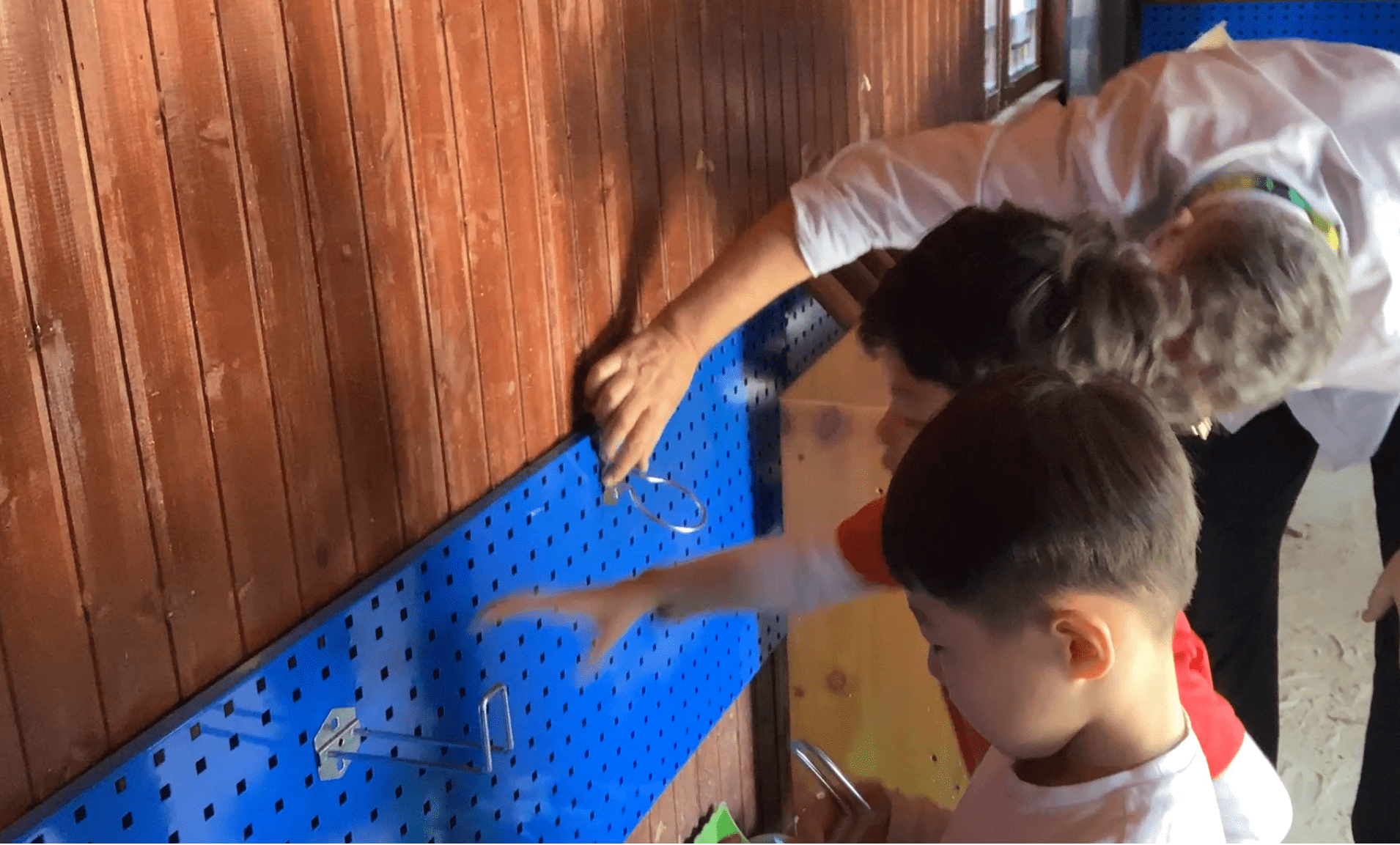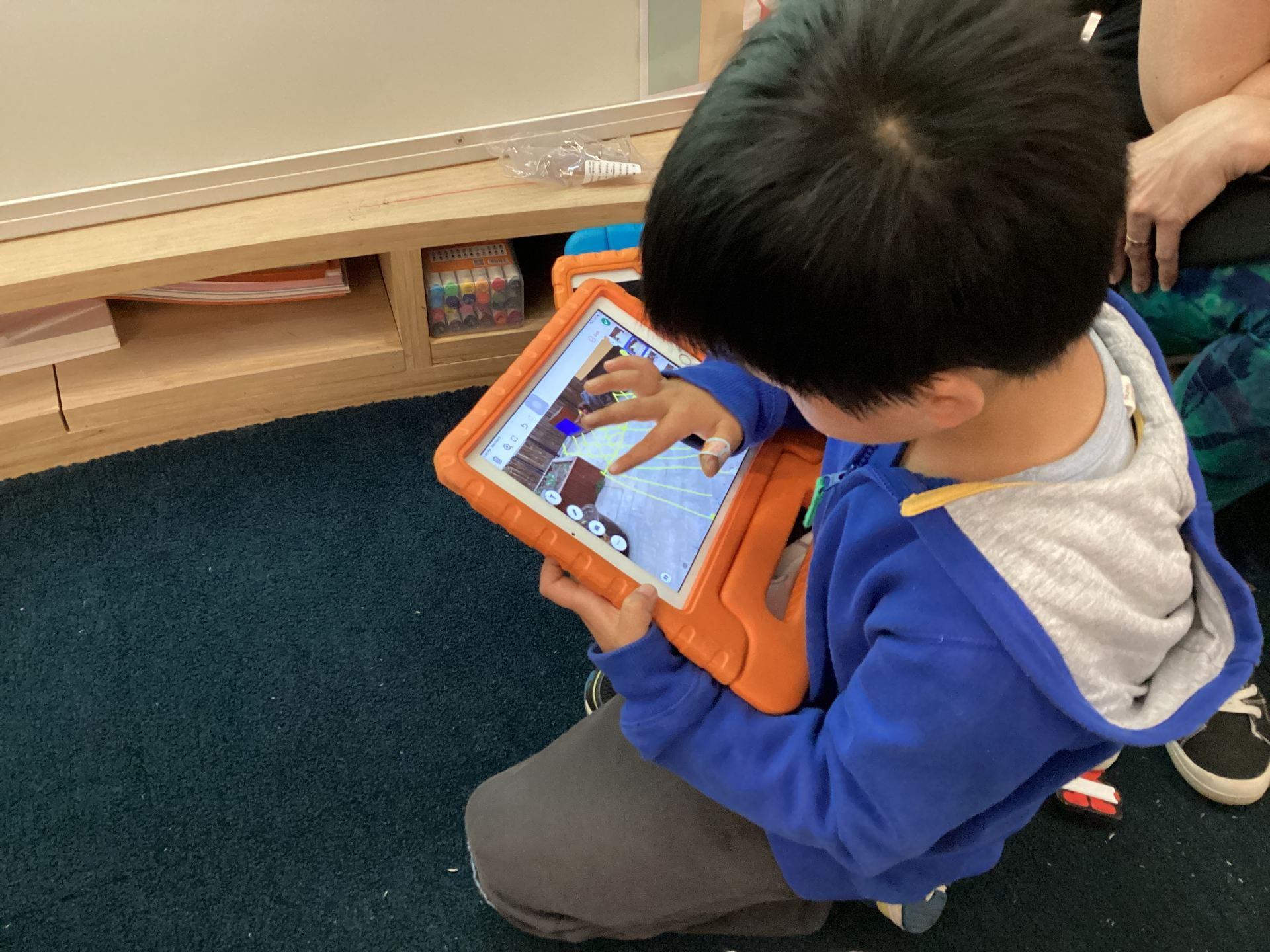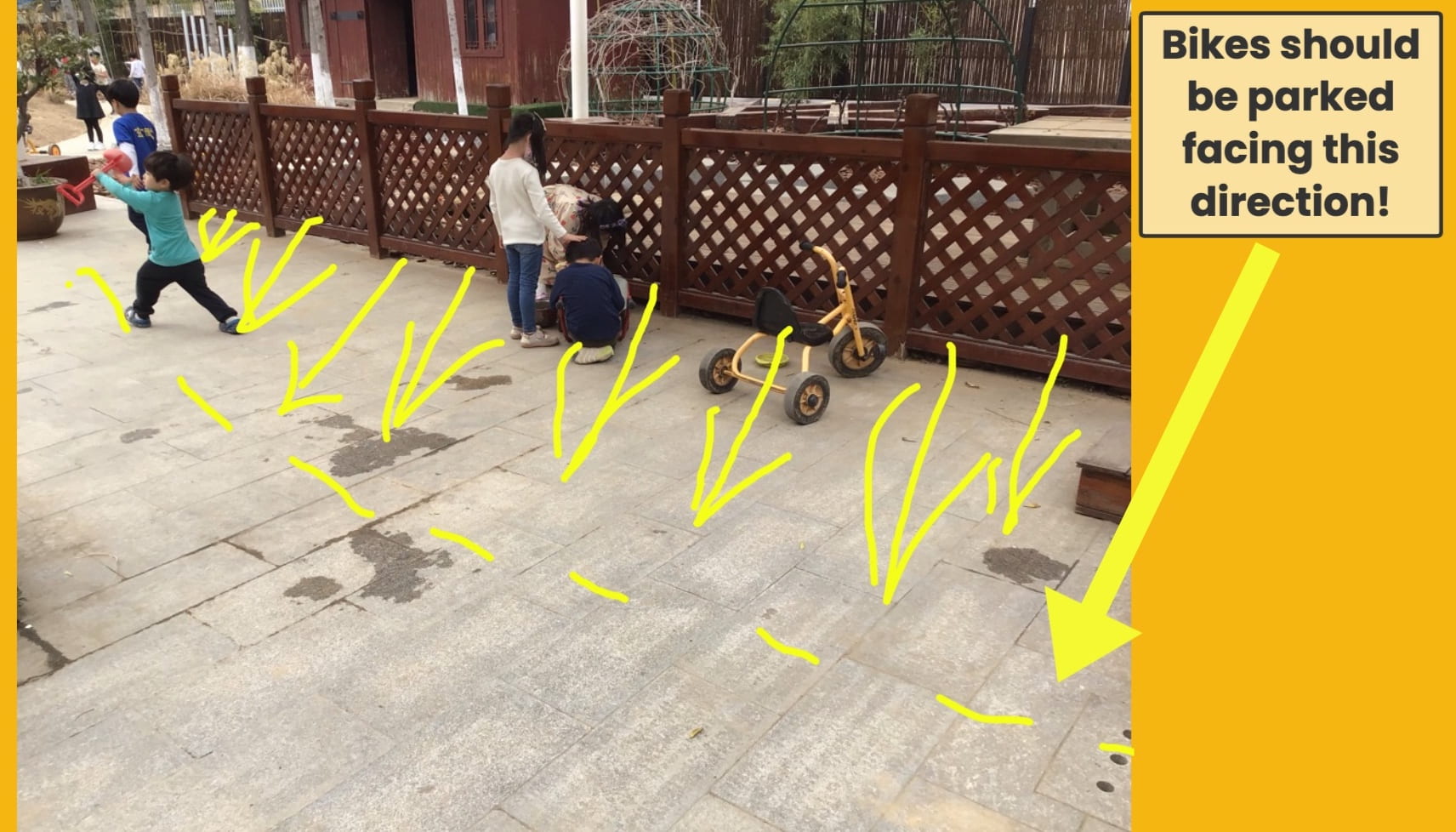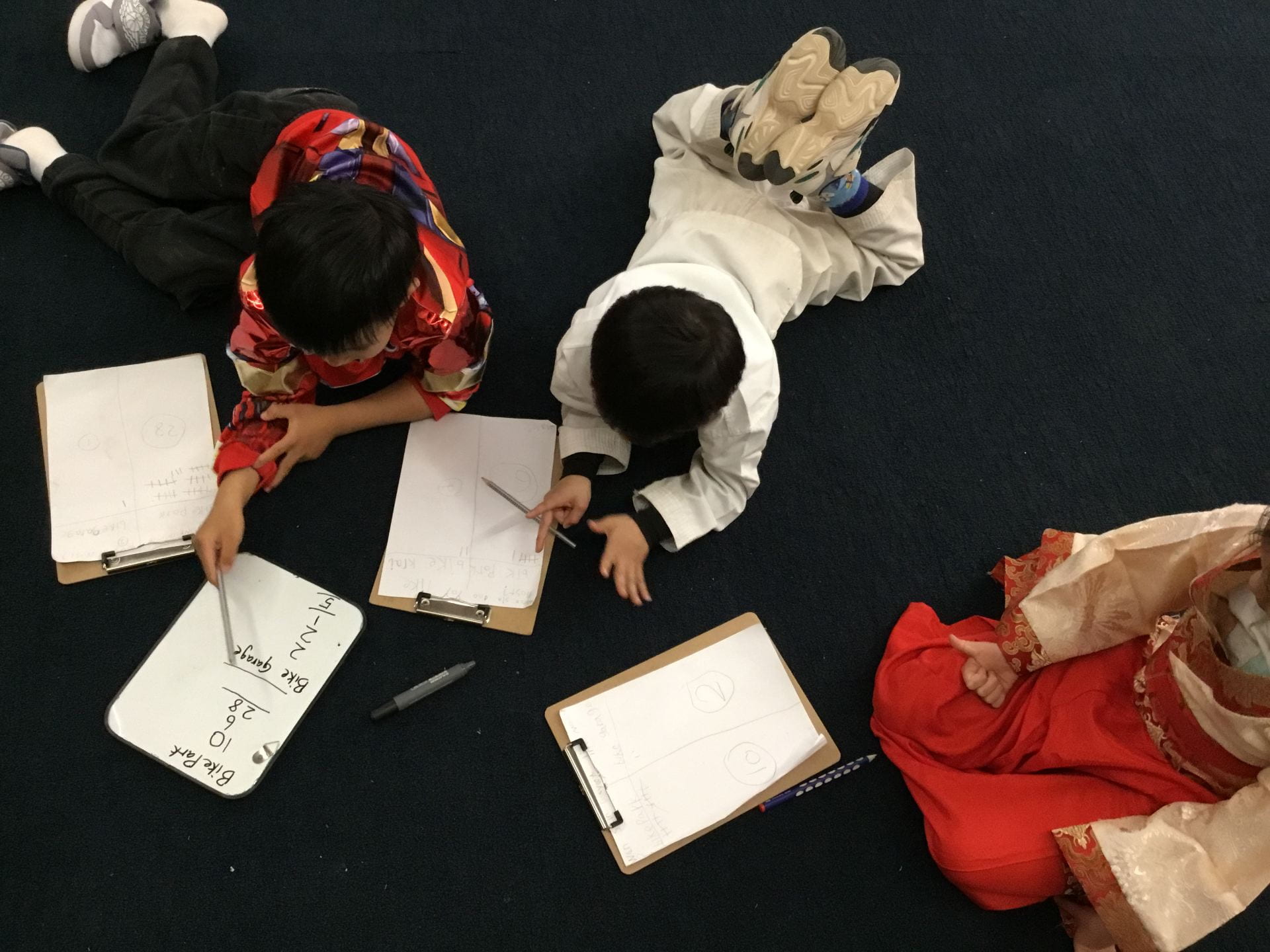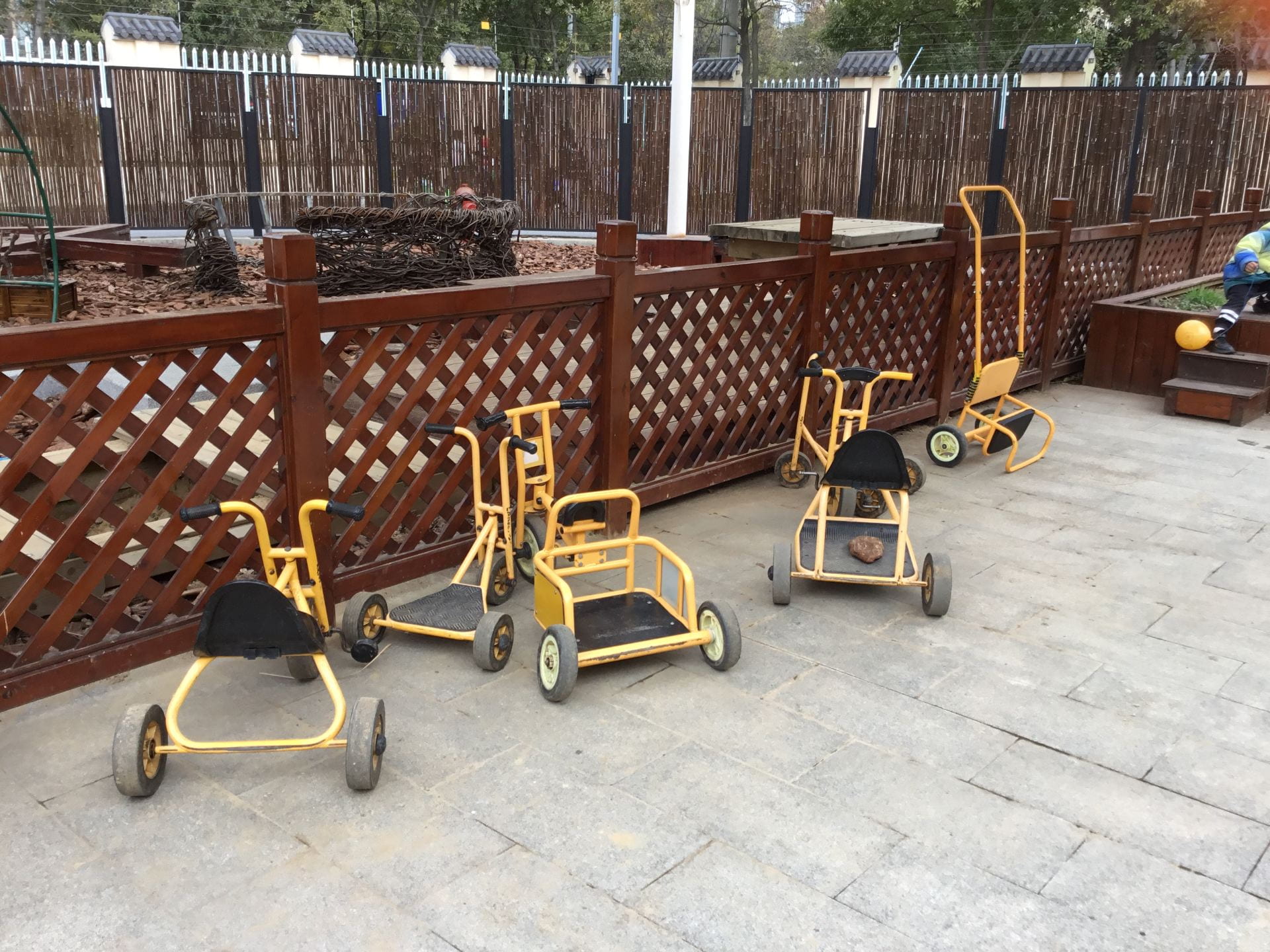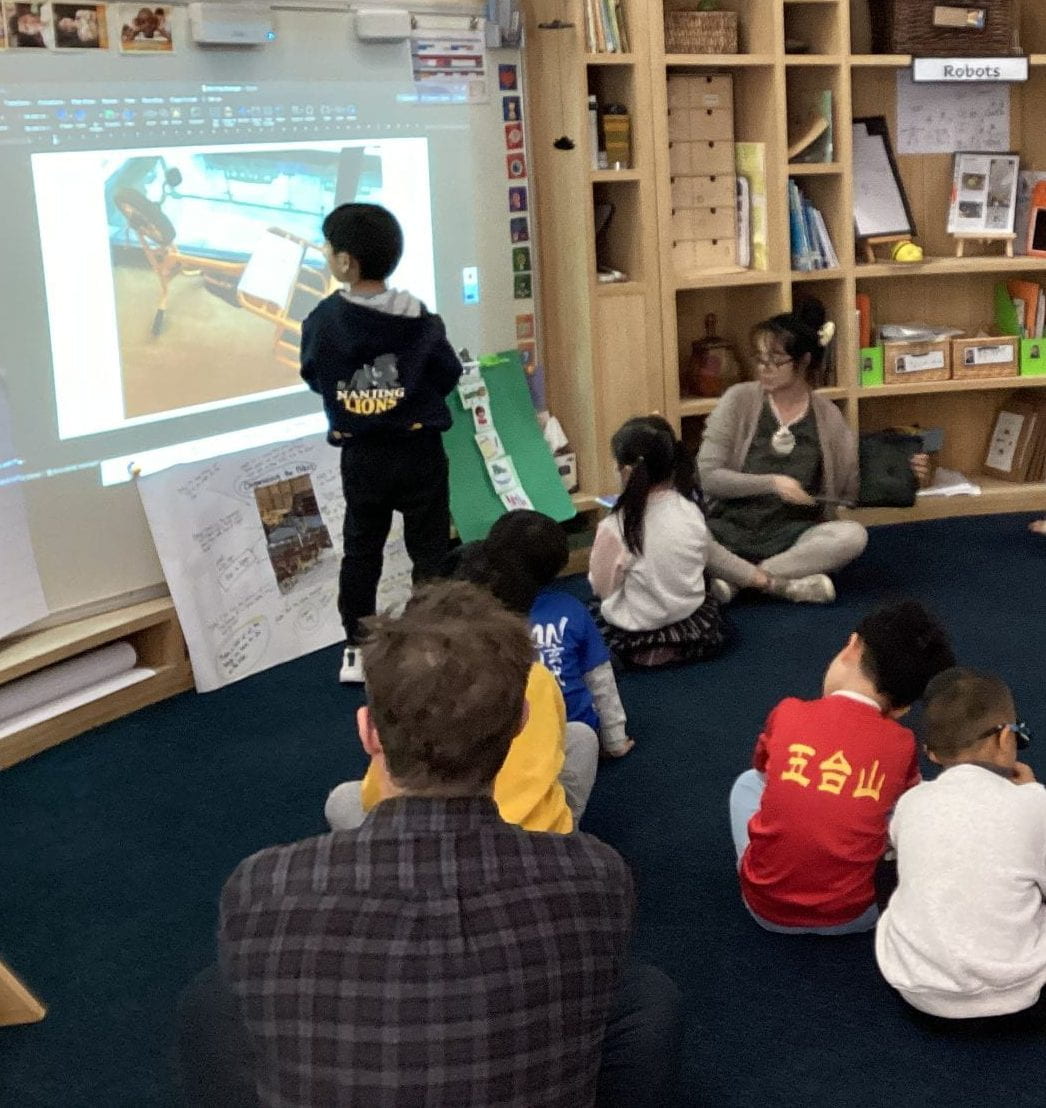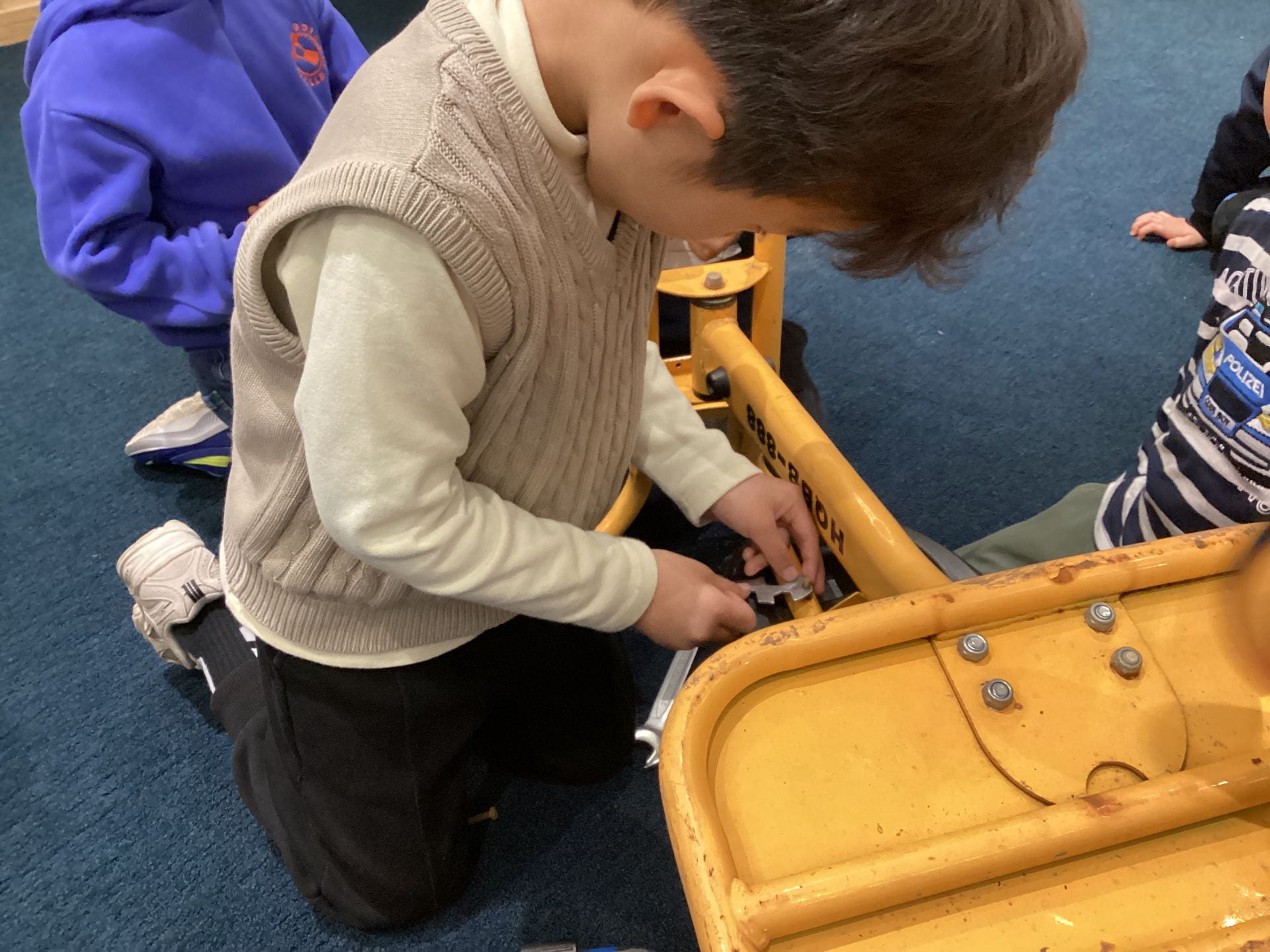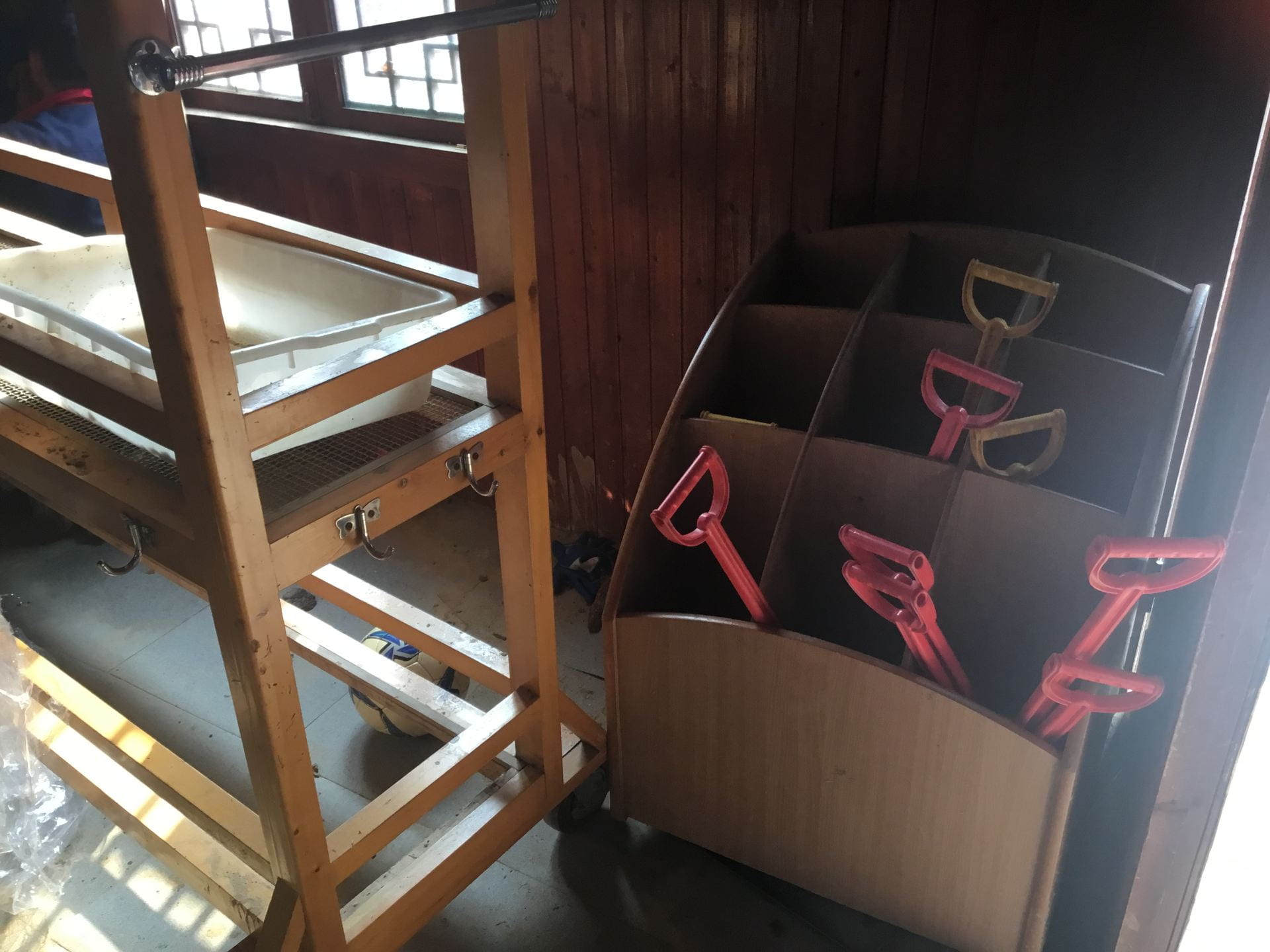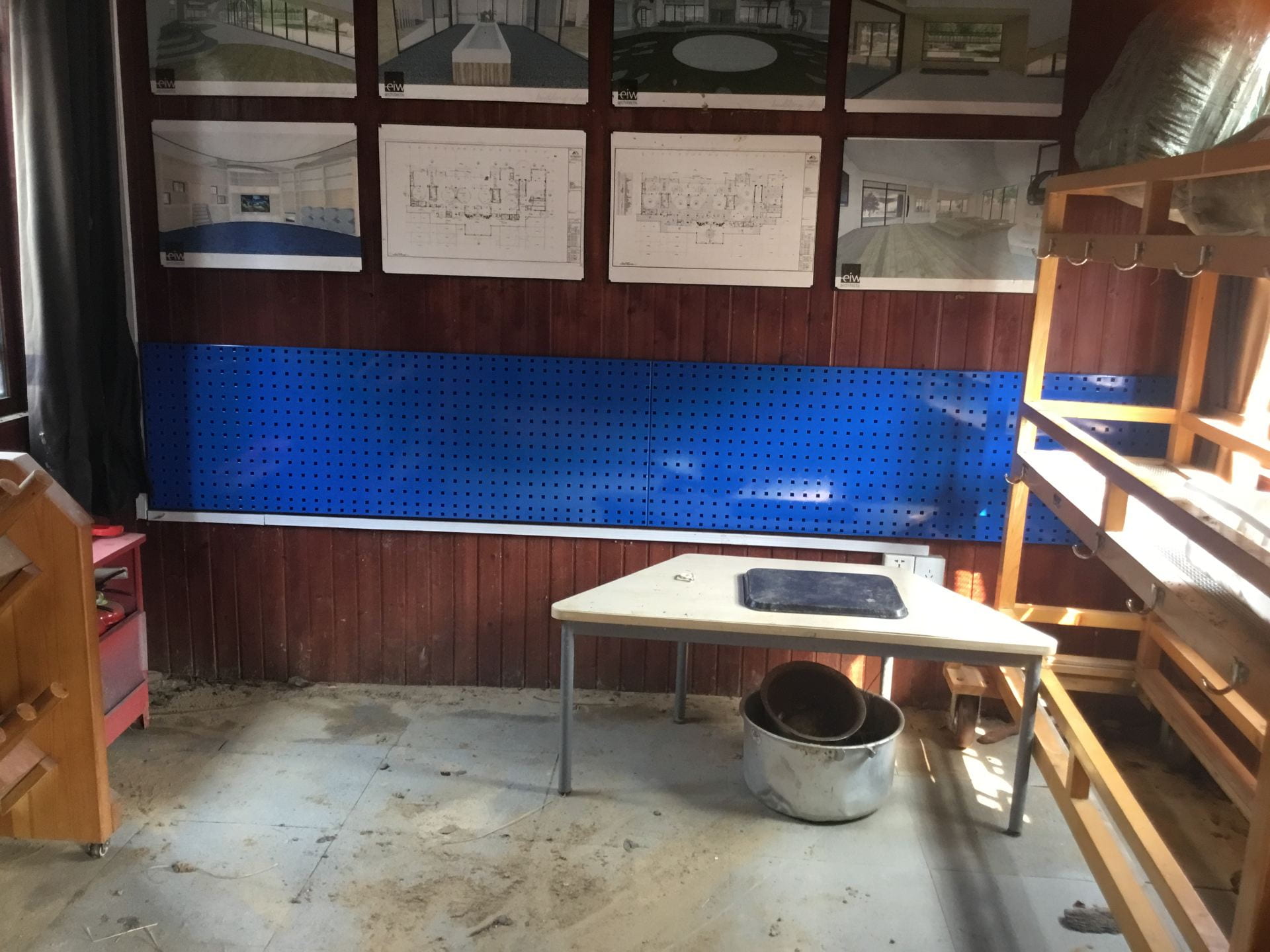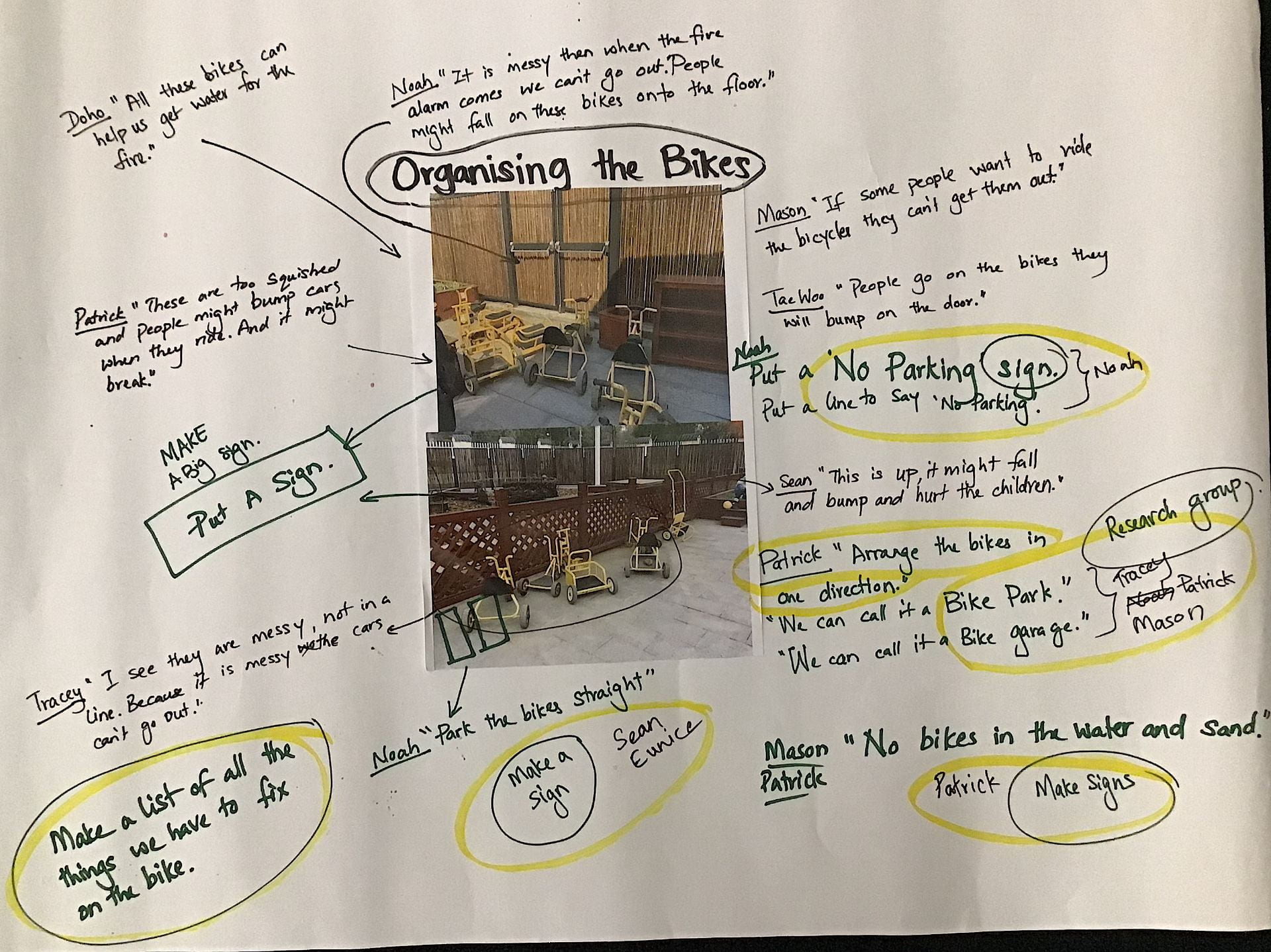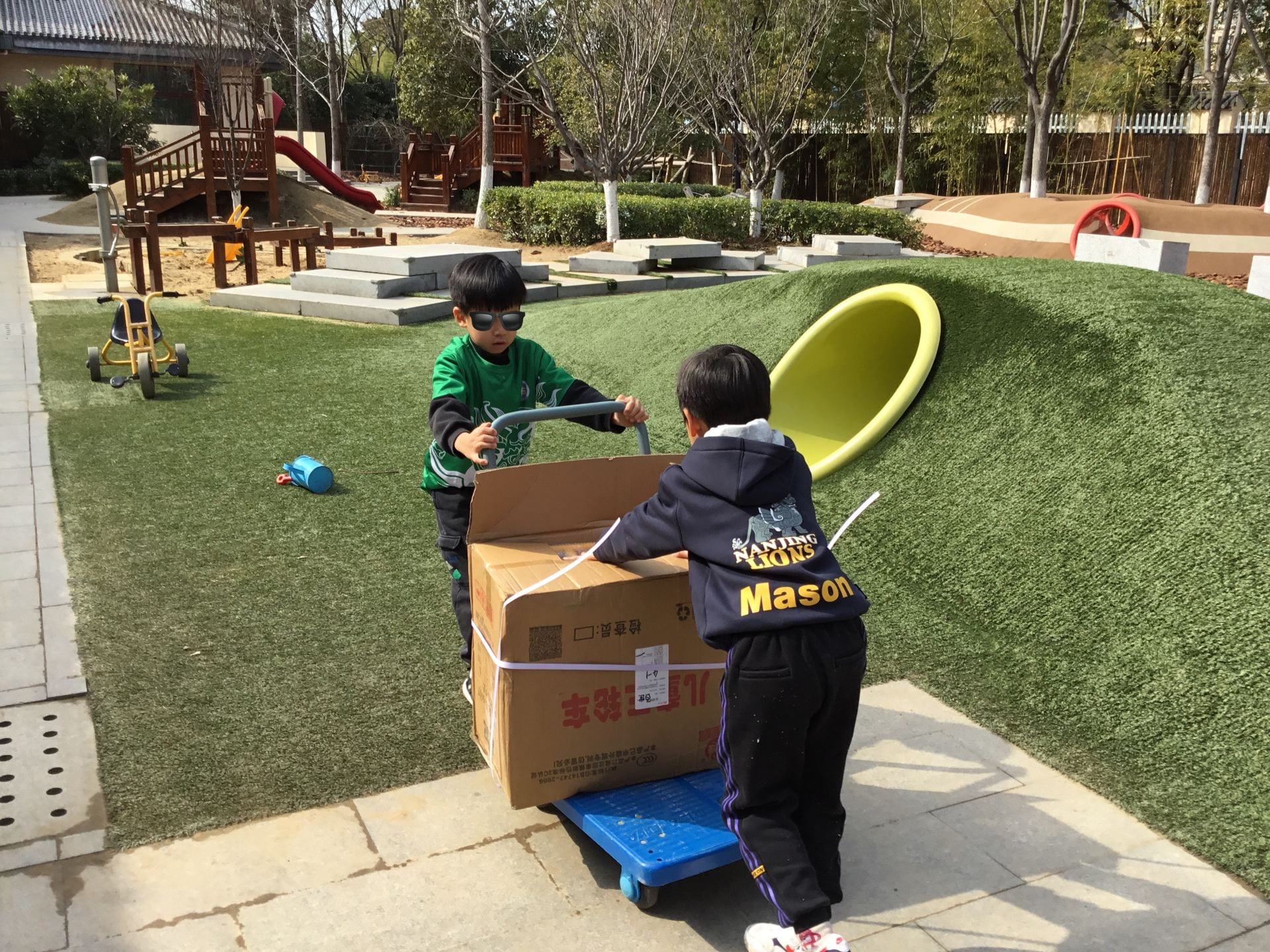Silkworms

Ms. Hannah shared a sign she had made for the mulberry tree in the Early Years garden as she noticed that some of the tender fruits were on the floor.
 While having a meeting to discuss the poster, the children shared some of their wonderings about the silkworms that PreK-K1B have been caring for in the classroom.
While having a meeting to discuss the poster, the children shared some of their wonderings about the silkworms that PreK-K1B have been caring for in the classroom.
- Motong “Why the silkworm don’t like to eat the wet leaves?”
- Lydia “Because they can touch the water and die.”
- Oliver “Because they don’t like drinking water and eating at the same time, they have a small mouth not like our mouth.”
- Eli “Because if they eat wet things or get wet in the rain they will not because the water gets their body sick. Because they are very lazy.”
- Liz “because leaves have wet and silkworms drink lots of water and they get sick.”
- Lydia “Why is the silkworm eats the leaves and grow up?”
- Liz “Why is it yellow on the side, why is it not white?”
- Oxford “How can the silkworm take the food when he is stuck on the box?”
- Wyatt “Why does the silkworm eat the leaf?”
- Eunbyul “Because worms like leaves.”
- Lydia “Why does he have little circles on his body? Why does he have more colours like white and yellow (on the body)?”
- Eunbyul “Why are there lines on the yellow (strings)? Why does the silkworm eat the leaf and then become in the yellow?”
- Lydia “Because them is broken and they look like a butterfly.”
- Eli “Its because Ms. Hannah put the yellow ball there because the silkworms can play with it. That is like a, first silkworm and turns into a cocoon and then a butterfly. It’s a cocoon.”
- Jeongyoon “They get big and then they come yellow.”
- Liz “What is inside his tummy?”
- Oliver “How do silkworms peel their skin up to grow?”
- Eli “Why when it’s a baby it’s black and when its not baby its white. How can it turn black to white?”
- Oxford “Where did Ms. Hannah find the silkworms?”
- Jeongyoon “Why is the worms so long?
- Wyatt “Because he eats the leaves for a really long time.”
- Oliver “Its because the worm seat more leaves the longer they become.”
- Oxford “When he is small he eats and go big big big and then get long.”
- Lydia “Why the silkworms has legs and worms have no legs?”
- Oxford “What is black on the end?”
- Oliver “The black is poop.”
- Lydia “I think there is a baby silkworm there.”
- Eli “I think it’s because their mouth is black.”
- Eli “How does the silkworm survive every day?”
- Lydia “Why does the silkworm have no ears? Can they hear something?”
We gathered to build on our knowledge of silkworms. The children had wondered about the different coloured cocoons and the silk moth.
We watched a time-lapse we had taken a few years ago to see how the silk moth comes out of the cocoon and the different cocoons Ms. Karen had collected over the years.
We will continue our inquiry to learn more about these interesting creatures by inviting Ms. Hannah and PreK-K1B to answer some of our questions.








